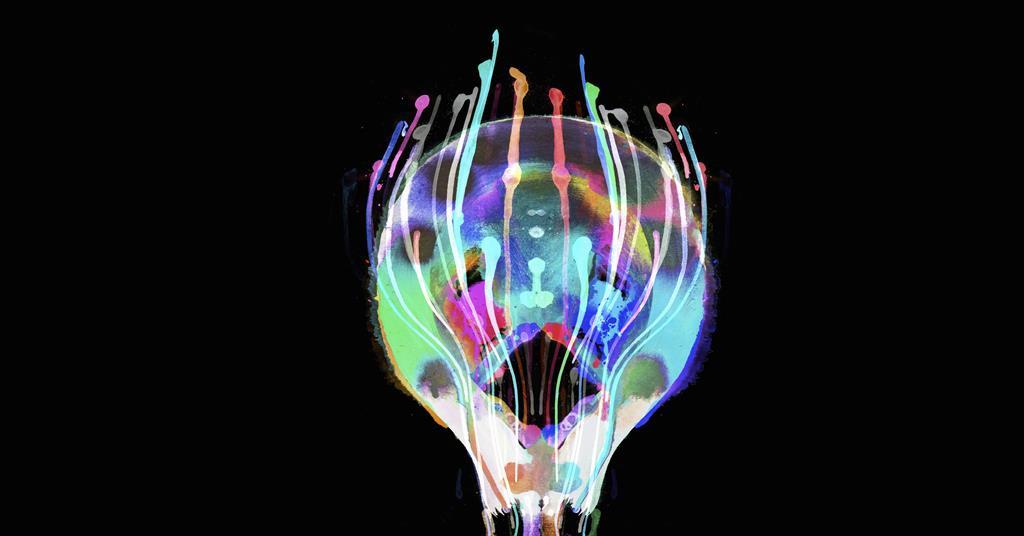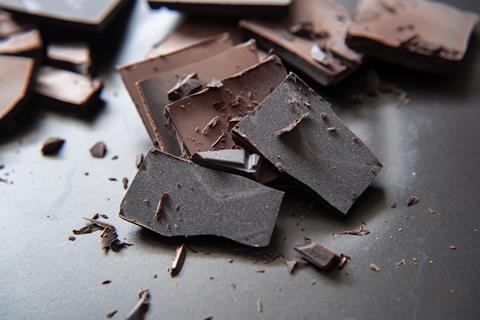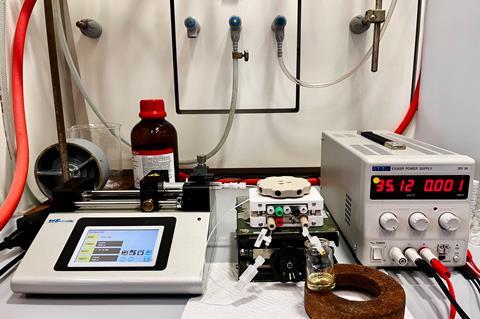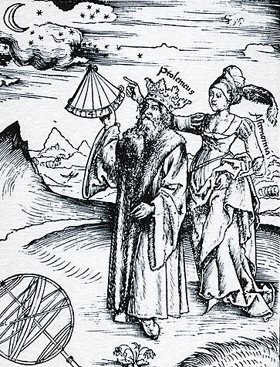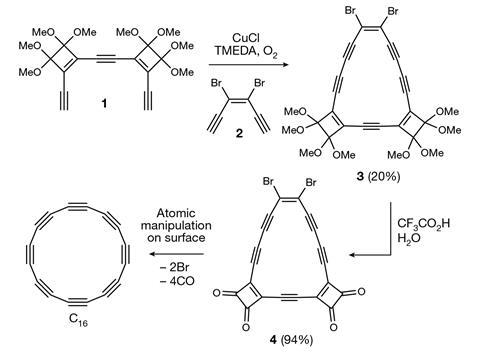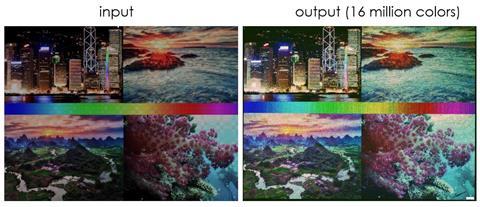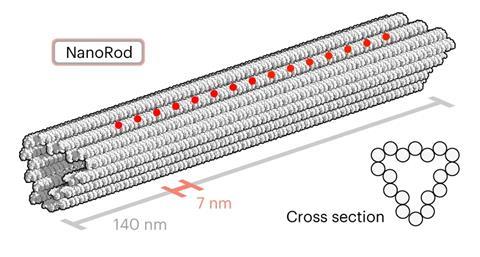Photochemical reactions have been happening for as long as light and matter have existed. And while chemists have been studying these reactions in earnest since the 19th century, it’s only more recently that they’ve been making the most of them. Today, using light as an energy source for chemical reactions has never been so vital. […]
Read More